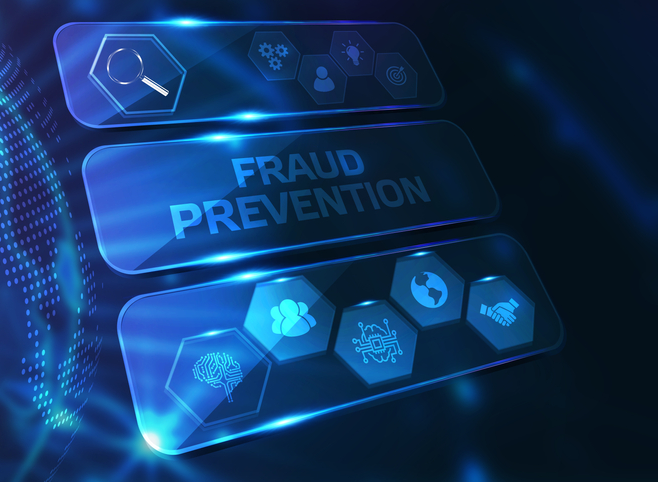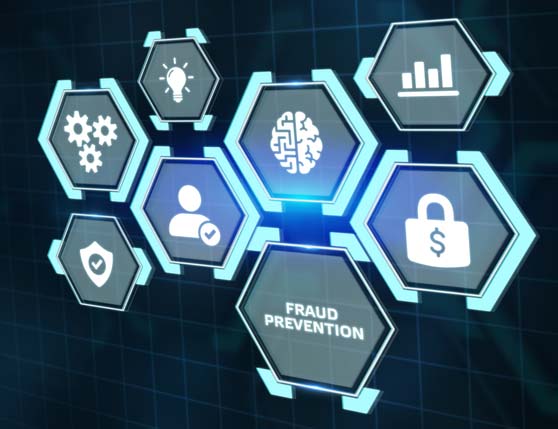Three Ways the Pandemic Changed the Fraud Economy
- Online fraudsters cost the world over $1 trillion in 2020 alone
- Access to information like an email address can help bad actors launch phishing scams and other social engineering attacks
- Industries most impacted by fraudsters in 2020 are lodging and transportation, surging by 71% and 42%
There is no doubt that the pandemic has created opportunities for fraudsters. Atlas VPN reports that cybercrime cost the world more than $1 trillion in 2020, which works out to around 1% of global GDP. Access via online "pirating" to information like email addresses and social security numbers creates opportunities for phishing and other attacks.

When pooled together, even the most seemingly innocuous bits of information exposed in a breach (like a name and birthdate), can enable fraudsters to make their schemes more believable, and use tactics to convince their target victims to share more sensitive account and payment details. This coordinated web of various types of fraud and schemes is what makes up the Fraud Economy, a self-supported ecosystem that paves the way for repeated fraud.
They go on to identify three ways the pandemic has changed the fraud economy.
Fraud Surges in Unexpected Places
You would imagine fraudsters taking aim at high-traffic industries. On the contrary, bad actors have begun targeting industries hit hardest by the pandemic:
For example, fraud rates in the lodging and transportation industry surged by 71% and 42%, making them the top industries most impacted by fraudsters in 2020.
With the pandemic almost halting travel, you may be asking why fraud rates were so high in the lodging and transportation industry. It’s important to know that bad actors always look for merchants’ blind spots. Taking advantage of low user account activity across the travel industry, cybercriminals targeted dormant (or, not used) accounts to steal rewards points and credit card details.

The Rise of the Opportunistic Fraudster
Our lives are more and more digital, so cybercriminals utilize the "Dark Web" and beyond. And, they no longer have to be part of an experienced, state-sponsored "fraud team."
Forced out of many Darknet forums, due to recent crackdowns, bad actors have set their sights on secure messaging apps to conduct fraudulent activity.
As a section of the Deep Web, a part of the internet not indexed by search engines, secure messaging apps are a haven for professional criminals to remain anonymous while wreaking havoc and turning a profit. But, as an accessible platform to almost everyone around the world, these applications have become an attractive vehicle for new fraudsters to experiment with little risk.

While fraud newcomers may not be the ones stealing data from the Dark Web, they do highlight an important shift in the Fraud Economy. It no longer takes a group of state-sponsored hackers with years of experience to take down a business. Small but frequent attacks, such as professional bad actors offering opportunistic fraudsters a cheap meal at a discount using a stolen credit card and fraud scripts/playbooks on how to commit particular types of attacks, can have a huge impact on businesses’ bottom line. While these aren’t the most sophisticated attacks, merchants are often overwhelmed by the volume of new attacks, especially as the activity on messaging app forums continues to rise.
Payment fraud has become a mobile enterprise
Consumer behavior has embraced mobile shopping -- setting a record high of over $284 billion in 2020 -- so fraudsters are obviously going to "embrace" it as well.
Tapping their mobile devices provides bad actors with the ease to commit fraud at any time anywhere, which is why 62% of payment fraud was executed from mobile devices in 2020. The convenience offered by mobile, allows them to shoot for more valuable targets far more frequently. Seizing on climbing transaction volumes and changing consumer behaviors, bad actors are making larger attacks, driving the average attempted fraudulent purchase to over $2,000 – a 69% year-over-year increase.

Fraudsters will seek any vulnerabilities in any industry. Banks play an important role in fighting fraud, as they are the main defense between the fraudsters and customer funds. Fortunately, AI technology -- yesterday's miracle and today's vital tool -- is becoming more and more adept at spotting and halting suspicious activity. Banks need to continue to invest in these technologies to protect customers from bad actors targeting both digital and traditional bank channels. Checks still remain an area of vulnerability for banks, but with the development of image-analysis technologies leveraging forensic AI technologies, banks are better equipped to detect on-us and deposit fraud before the bad guys are able to extract funds.